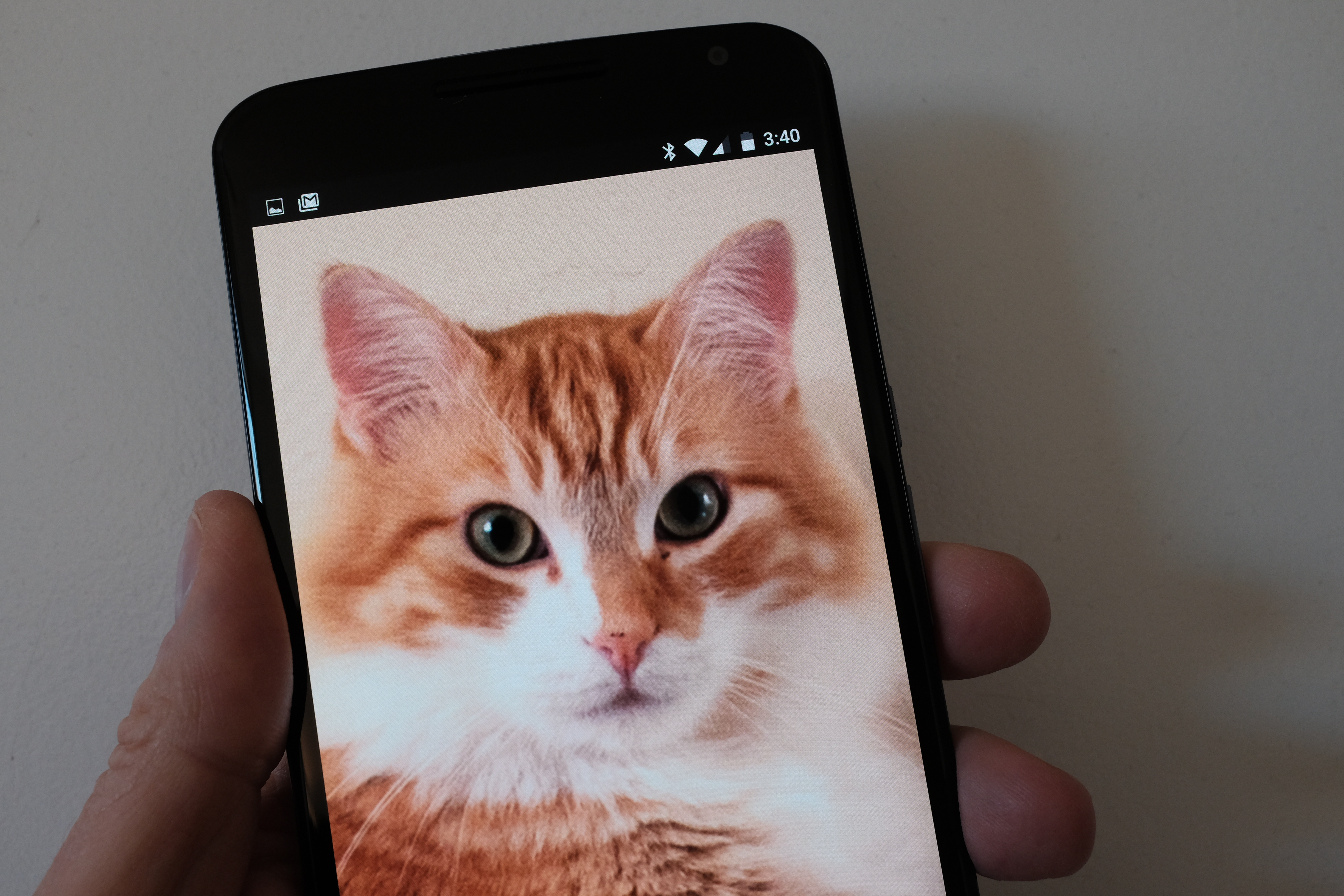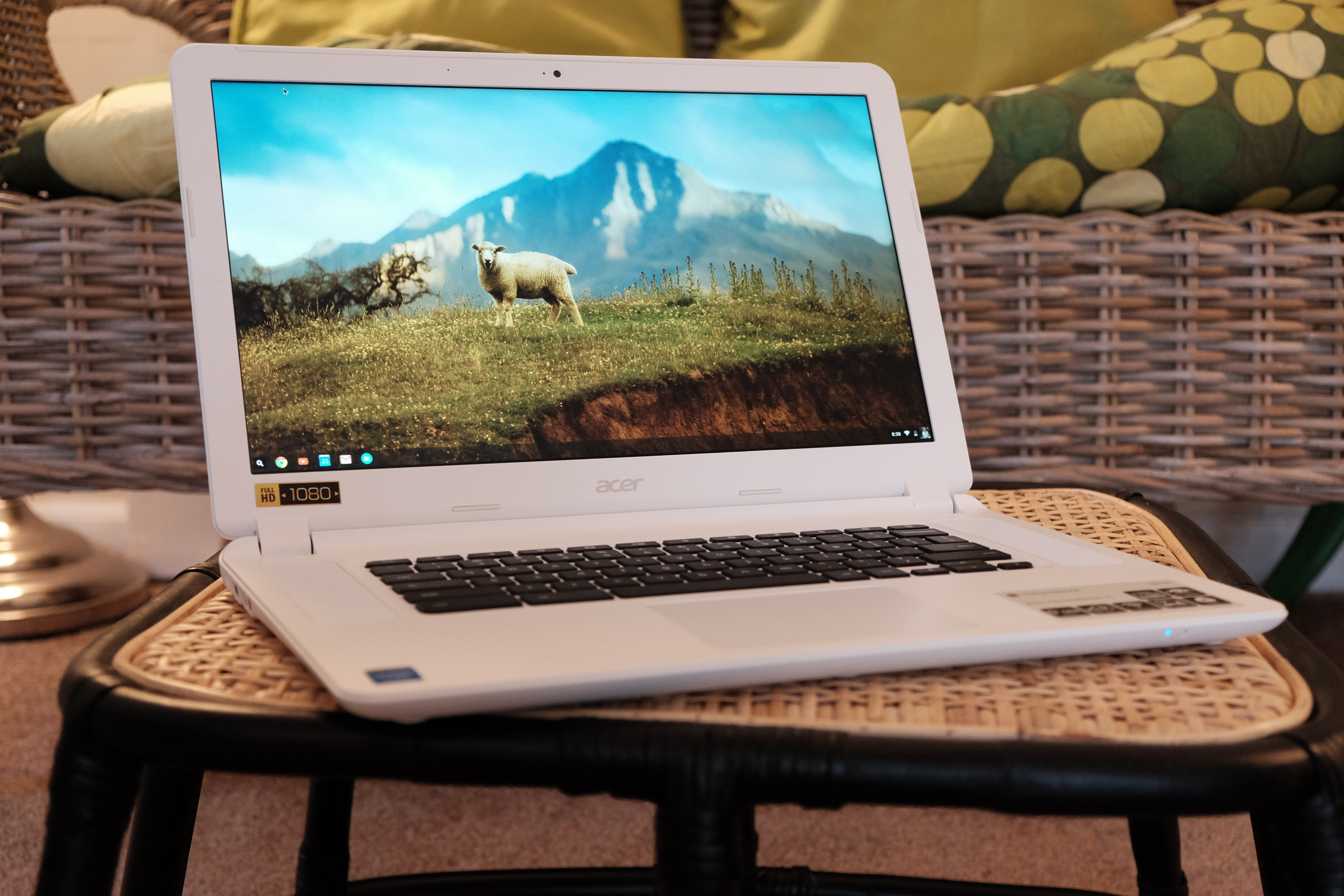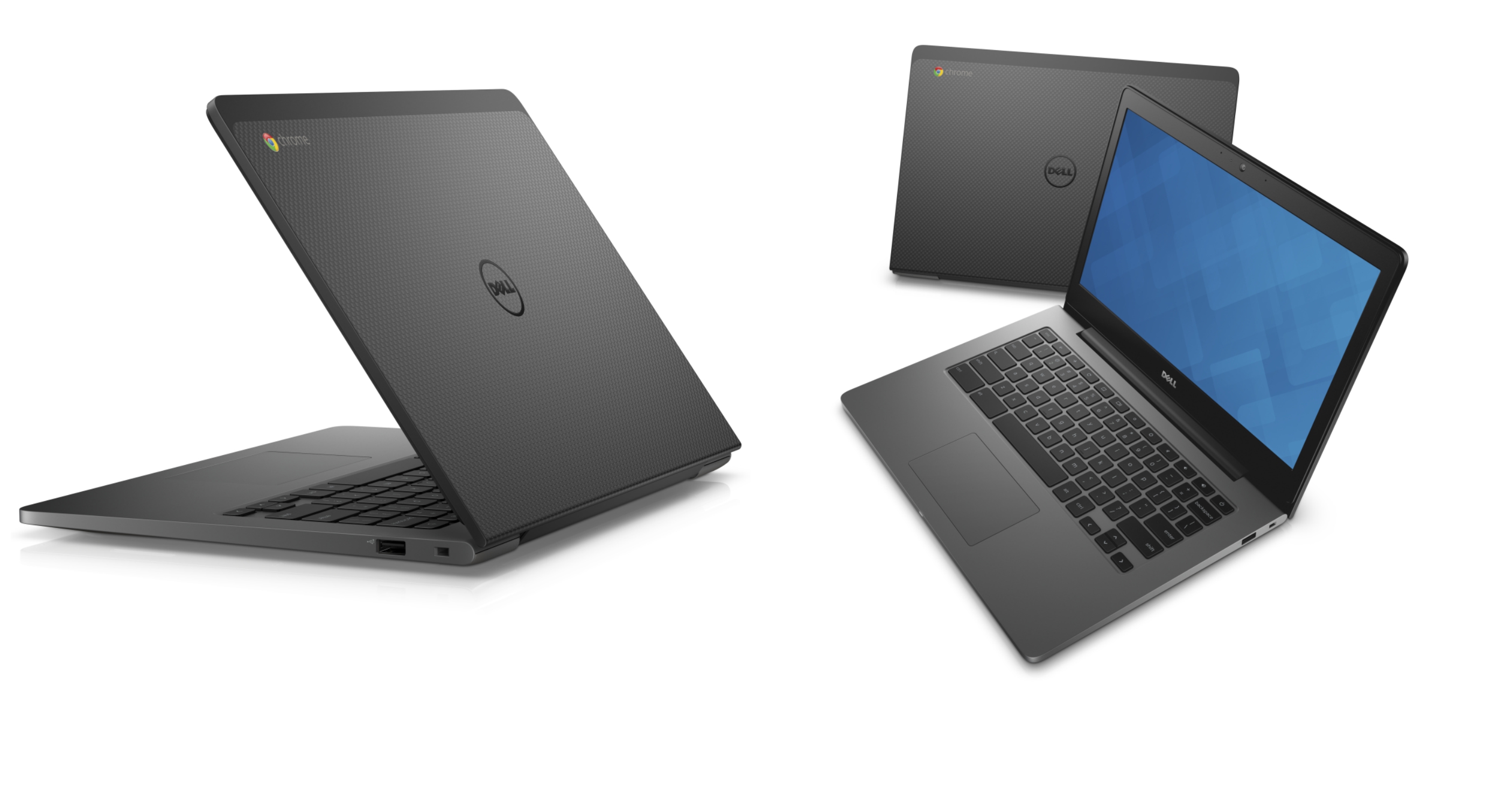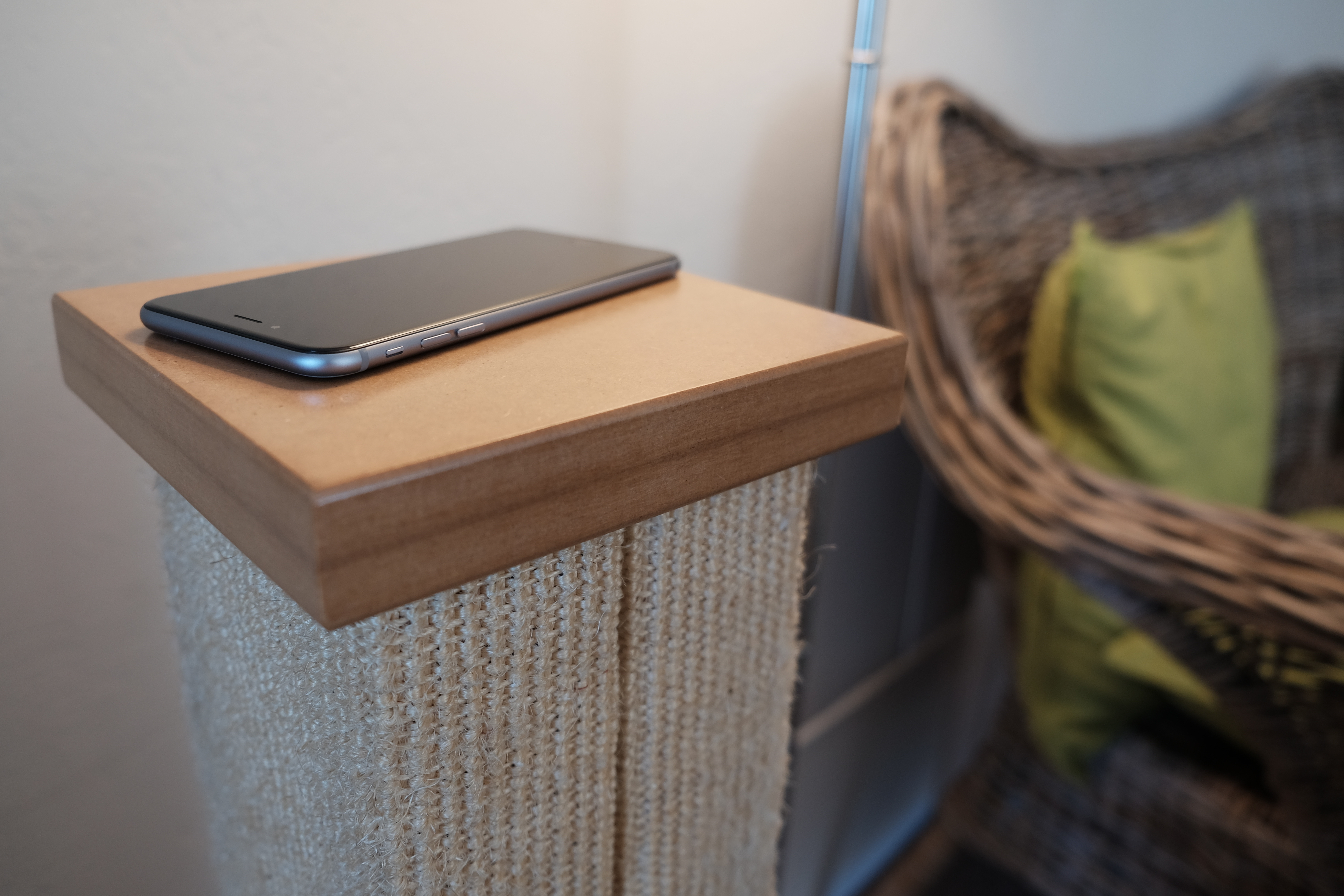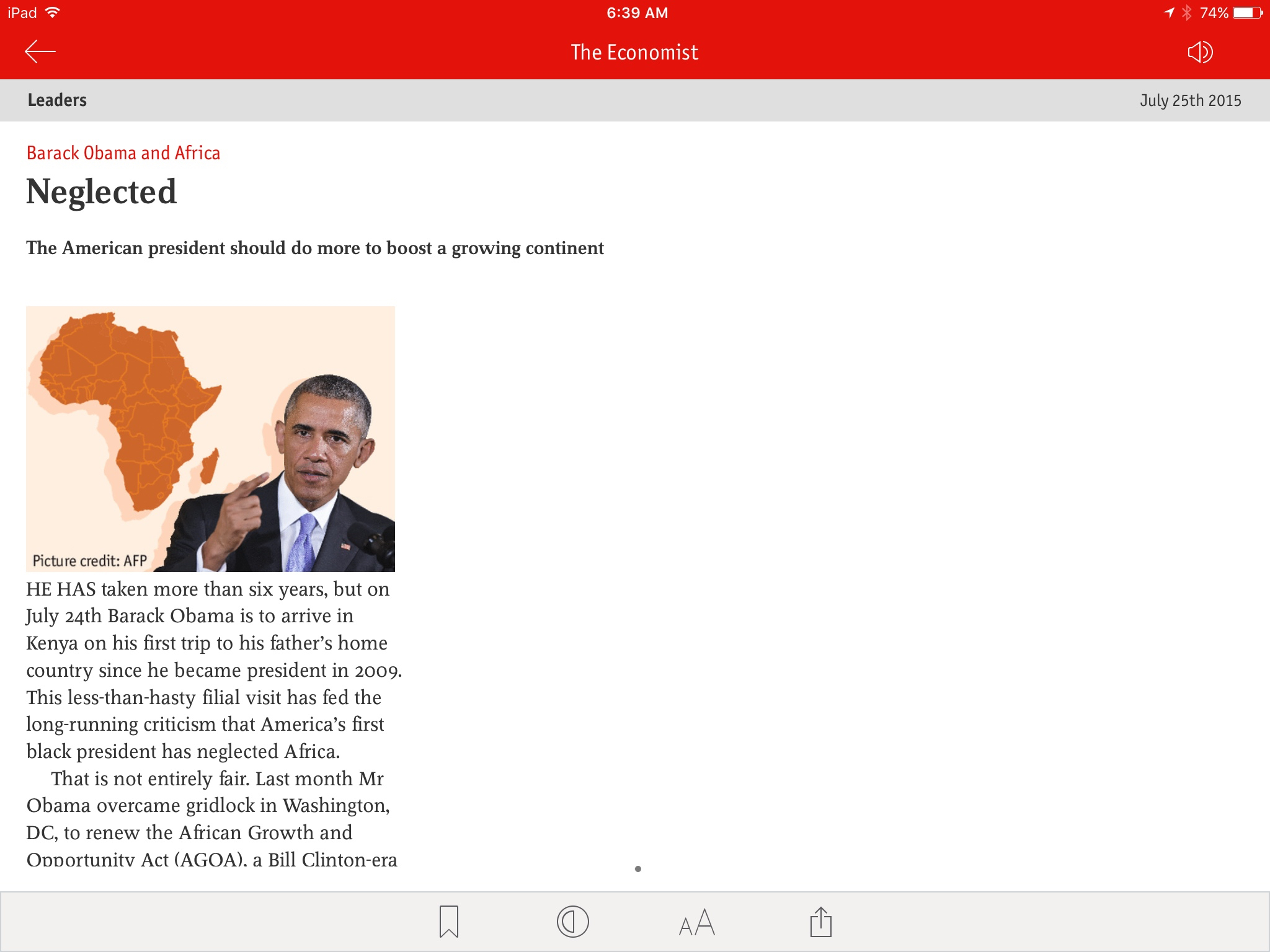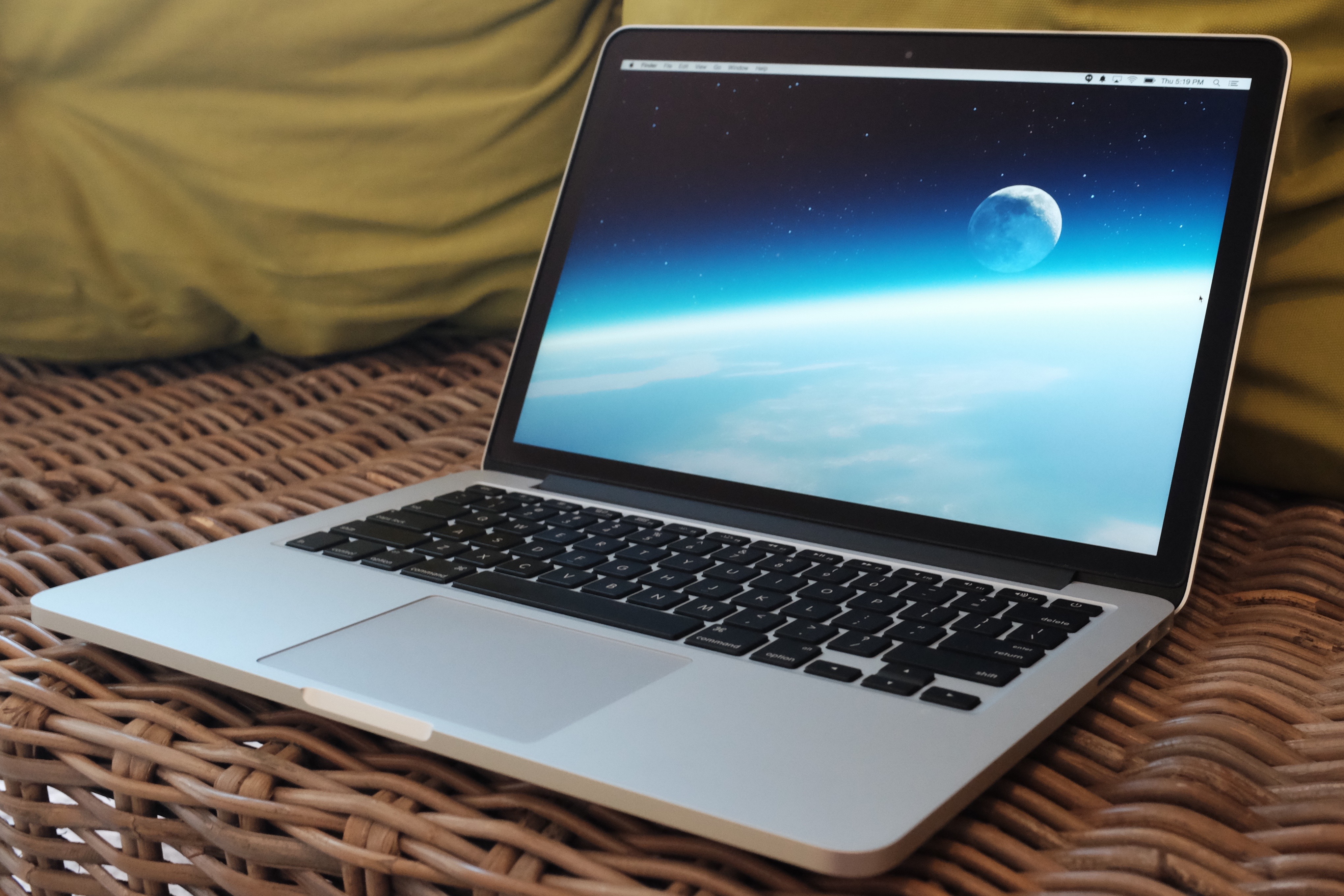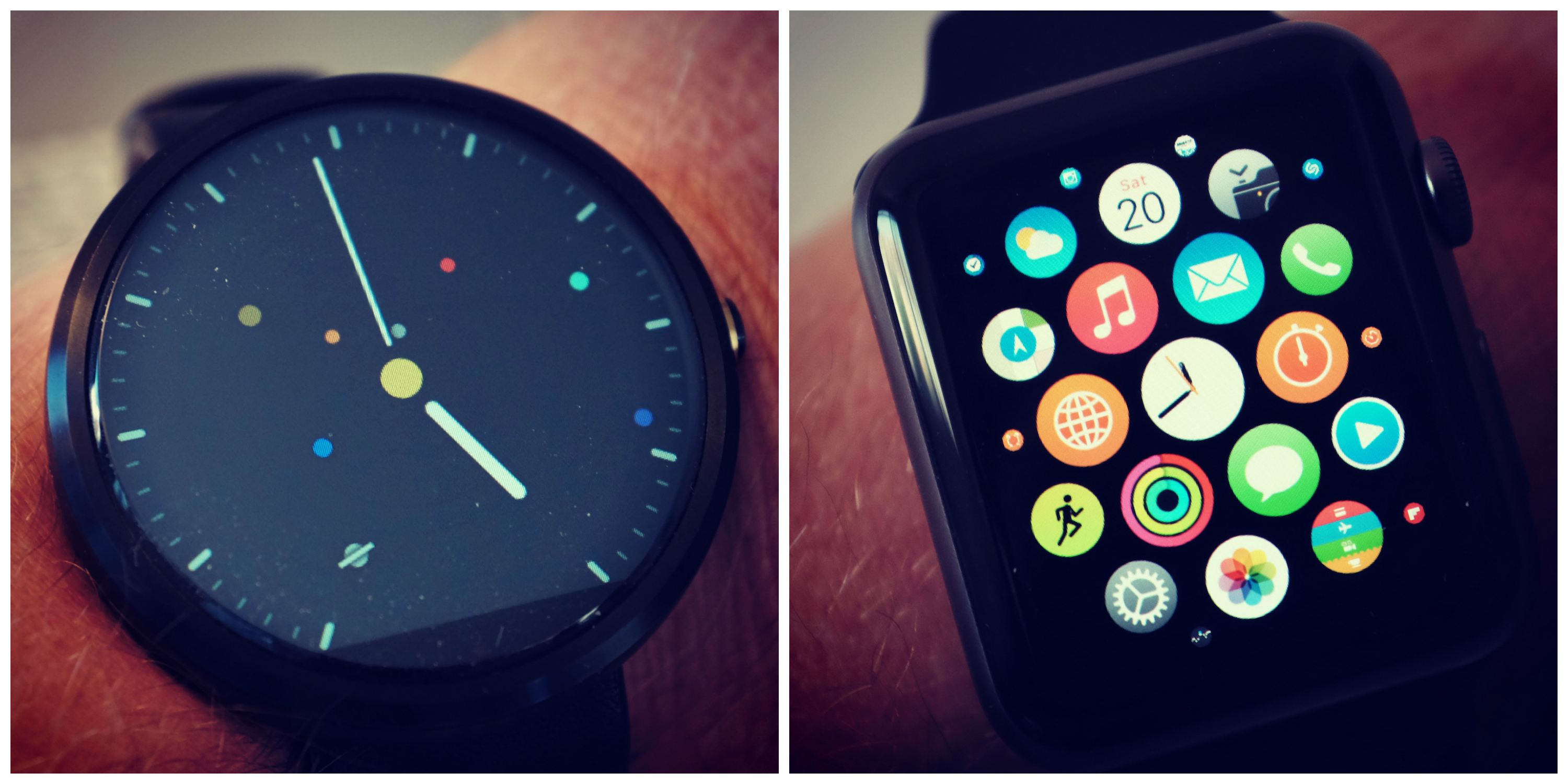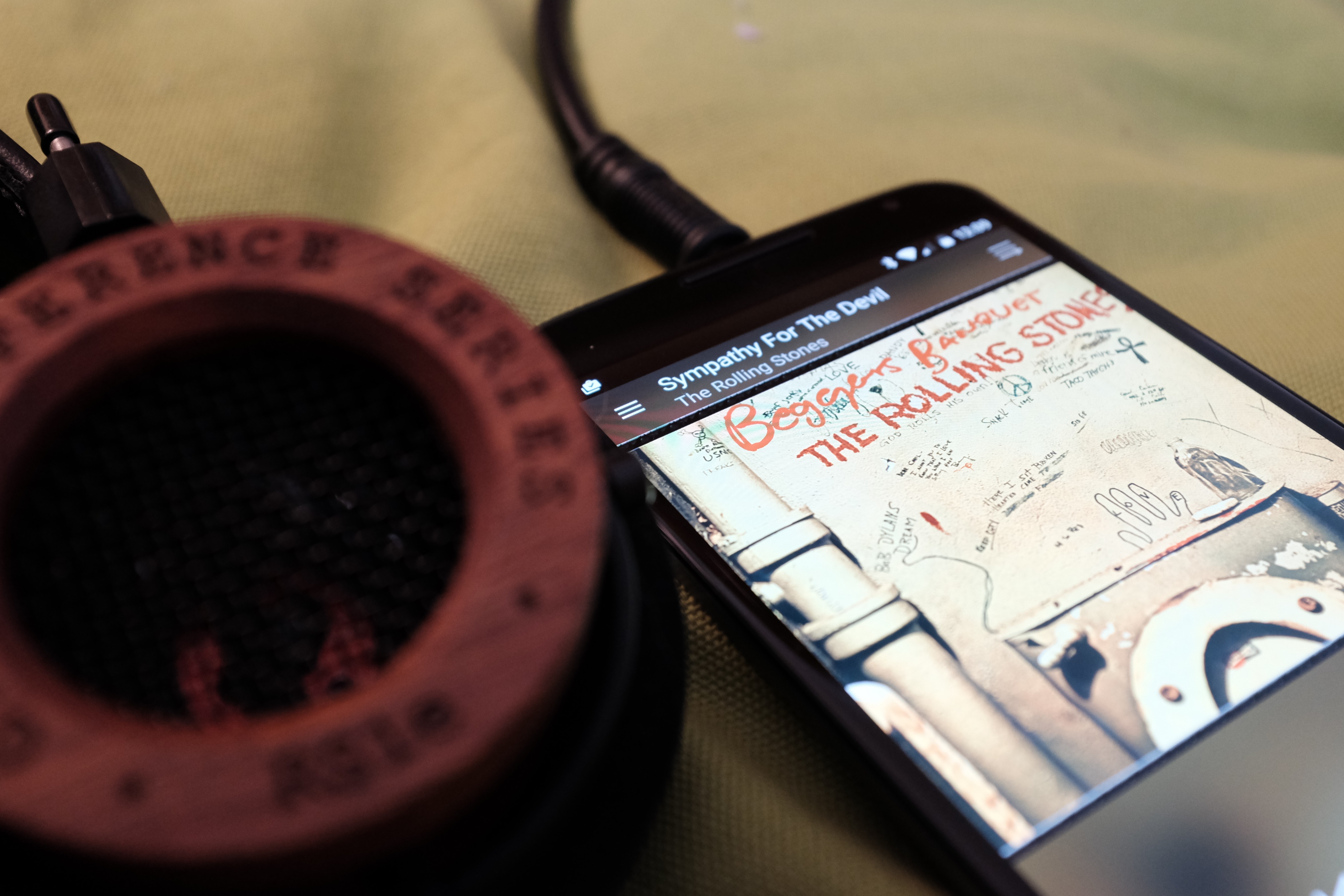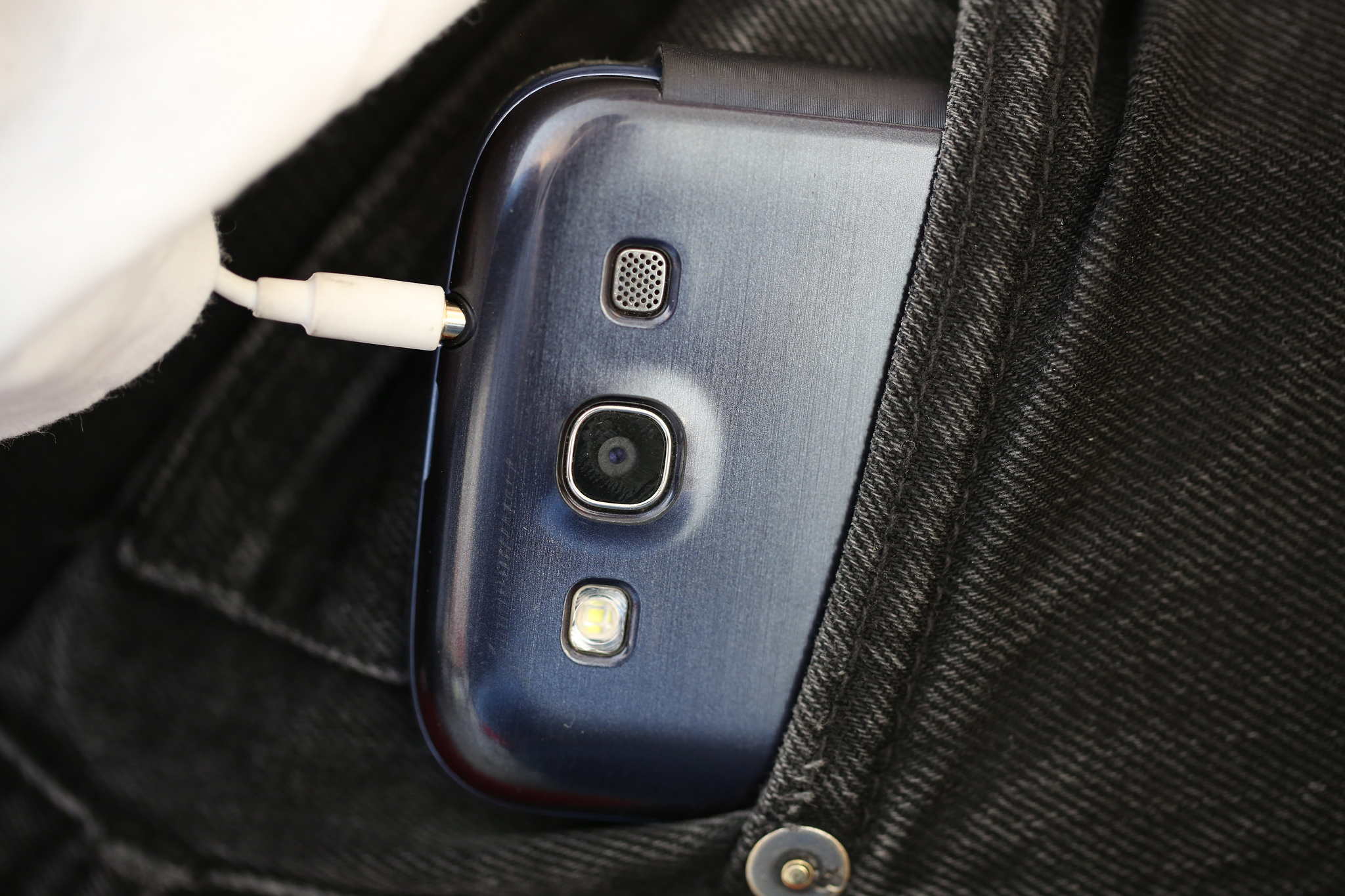I am in one of my moods today, waiting for the big Apple media event to start in about 30 minutes. For no reason, other than perhaps boredom thinking about what’s to come, I wrote a quickie poem—an ode to Chromebook Pixel. It’s all just for fun and doesn’t pretend to be anything more.
When you work alone in a home office and there is no one to tease with spitballs and paper airplanes, making fun is a singular effort. The poem is meant to be read with rapid meter. Confession: I don’t play a fife, but it rhymes with life. Maybe I will add more verses later.
